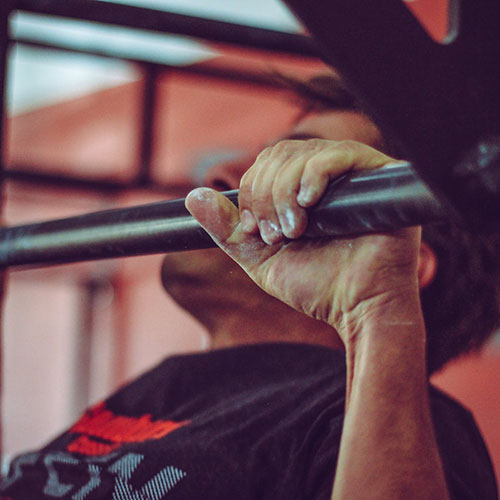Weight Training to reduce Arthritic pain
Arthritis is on the rise, in the United States. According to recent estimates, 70 million Americans suffer from one or the other form of arthritis (source: WebMD). There are over 100 types of arthritis, with these 5 types being the most common: Rheumatoid Arthritis (RA), Osteo Arthritis (OA), Psoriatic Arthritis (PA), Gout and Lupus. Of these, Osteo Arthritis is the most common and affects nearly 20 million Americans.
Arthritis is a condition in which one or more joints in the body experience stiffness and/or pain during movement. This can be due to wear and tear of the joints that comes with age; injuries to bones and bone joints, or obesity. While previously, older adults were more prone to Arthritis, in recent years, it’s prevalent across age groups. A family history of arthritis and lifestyle are other risk factors for Arthritis.

Weight training is known to be effective in treating Arthritis. Some doctors believe there is no permanent cure for arthritis. But weight training can reduce the symptoms of arthritis significantly, and improve the quality of life for an arthritic. Some of the ways in which weight training helps:
Improves bone mass: Weight training strengthens bones, making them less porous, harder and thicker over time. This helps reduce the load on joints, and hence pain in them.
Reduces inflammation: When the load on joints reduces, it brings down inflammation and pain around the joints. This reduces the need for frequent medication.
Increases muscle mass: A weight-training program increases muscle mass in all those muscle groups that are worked frequently. This takes some of the load away from the bones and bone joints, thereby reducing pain and improving flexibility.
Burns more calories: Increased muscle mass improves metabolism which helps burns more calories. This in turn helps the person lose some extra weight. This is a huge benefit for arthritics who are overweight. The combination of obesity and arthritis can demotivate the person from exercising regularly. Weight training changes the status quo.
Improves balance: The increased muscle mass and bone strength improves balance and the confidence required to sustain a weight-training program. Quite often, the fear of falling and having a fracture is what keeps arthritics from exercising regularly.
Improves posture: Improved balance directly translates to improved posture. The person can do away with the ‘arthritic walk’ now. This boosts his/her confidence, self-esteem and sustains the exercise program.
Feels good: Exercise in any form releases Endorphins which makes the person feel good. This is equally true for a weight-training program. The feel-good factor motivates the person to exercise regularly. The lack of social contact combined with the lack of exercise is a huge risk factor for Alzheimer’s disease. A weight-training program at a gym can lower this risk.
Gives you good sleep: The increase in Endorphin production is accompanied by a reduction in the stress hormone Cortisol. Together, these help improve your quality of sleep, which is vital for increasing immunity and fighting disease.
Conclusion
Weight-training can reduce all the symptoms of arthritis and improve the quality of life, for an arthritic. Invest in a high-end gym and a personal trainer who has worked with arthritis before. He/she will design a program that is specific to you, depending on the extent of your condition. The program will factor the right exercises, the right sequence and the desired number of repetitions. The trainer will also educate you on the right way to hold or lift equipment, for best results. All these will help you get back to a normal life and reduce dependence on family members or caretakers.
- Jan 31, 2020
